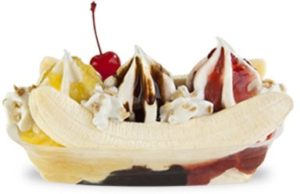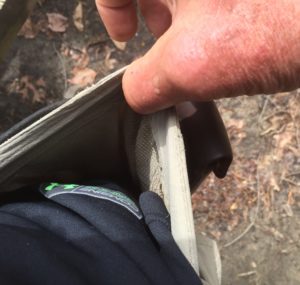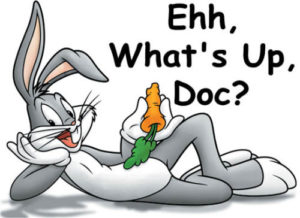One of my resolutions for 2018 is — this won’t surprise anyone who sees me from time to time — lose weight. I’ve gained some, OK, a lot, since I finished hiking the Appalachian in July 2015.
That’s one of the things I liked best about hiking every day, month after month. You could eat as much as you wanted of anything you wanted and still not gain weight. In fact, you lost weight.
After those first few weeks, hiking out of Georgia into the North Carolina mountains, I was always hungry. We all were. Thru-hikers burn up to 6,000 calories a day, according to the Appalachian Trail Conservancy. We couldn’t carry enough food to replace that many calories but brother, sister, we tried to make up for it when we got somewhere where we could eat.
Here are a couple examples of what I’m talking about:
Near Wallingford, VT, the Hiking Vikings, Bruin, and I walked an extra mile to have breakfast at Qu’s Whistle Stop. It wasn’t an eat-all-you can place but it was hiker friendly — they served generous portions. I ate two eggs; sausage; hash browns; toast and jelly; two pancakes with maple syrup; orange juice; and plenty of coffee.

And a banana split.
Two weeks later, I arrived at an eat-all-you-can restaurant right beside on the trail, at Pinkham Notch in New Hampshire. And I ate all I could: two scrambled eggs, two servings of hash browns, a blueberry muffin, a sausage patty, 10 pieces of bacon, two glasses of orange juice, two glasses of apple juice, a bowl of fruit, and three cups of coffee. Oh, and four pancakes.
Even so, when I arrived in Monson, ME, the last town before Mt. Katahdin and the end of the hike, I was down 32 pounds, to an even 170. I hadn’t had much to eat for several days, trying to make it to Monson without getting off the trail to resupply, and delaying the end of my hike.
On July 7th, the day I hiked into Monson, I was down to one piece of hard candy. I got up at 4 a.m. that day, packed, and was on the move at 4:50 a.m. I arrived at Maine 15, the Monson trailhead, at 1:30 p.m., after hiking 17.9 miles. Beside the piece of hard candy, which I had eaten for breakfast, I had traded a SoBo –a south bound thru-hiker — a dozen water purification pills for the three small packs of nuts.
That’s how you lose weight.

When I started the hike, on Feb. 15, 2015, my belly hung over the top of my size 38-inch waist pants. After four weeks I switched to a pair of size 36s. Later I moved down to size 34s and by the time I finished the hike they were too big.
So how much weight — fat — have I gained?
I’m not going to say yet. Let’s just say I need to go on a long, long hike.
Coming Monday: Be Good Or Else

 “Do you know what the headline said?” Dr. Robicsek asked. “The headline said, ‘What’s Up, Doc?'”
“Do you know what the headline said?” Dr. Robicsek asked. “The headline said, ‘What’s Up, Doc?'”